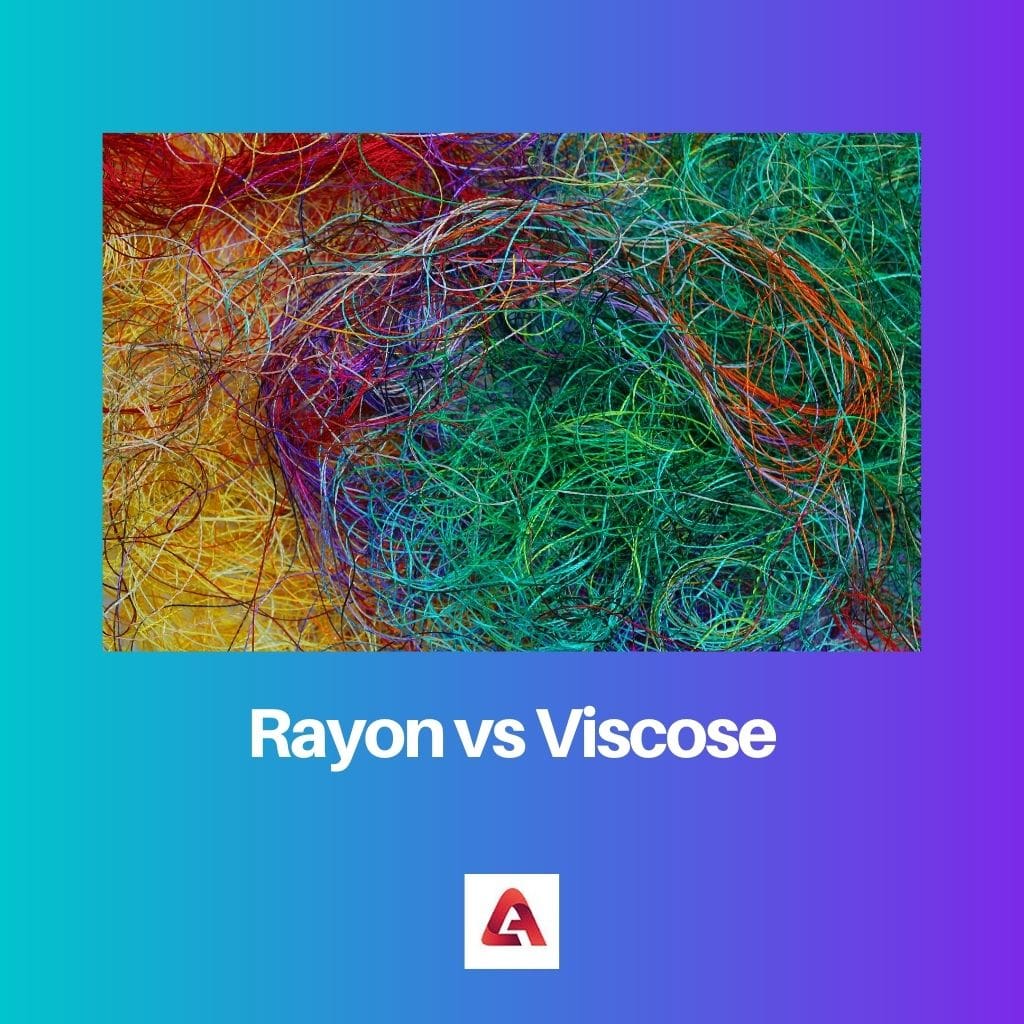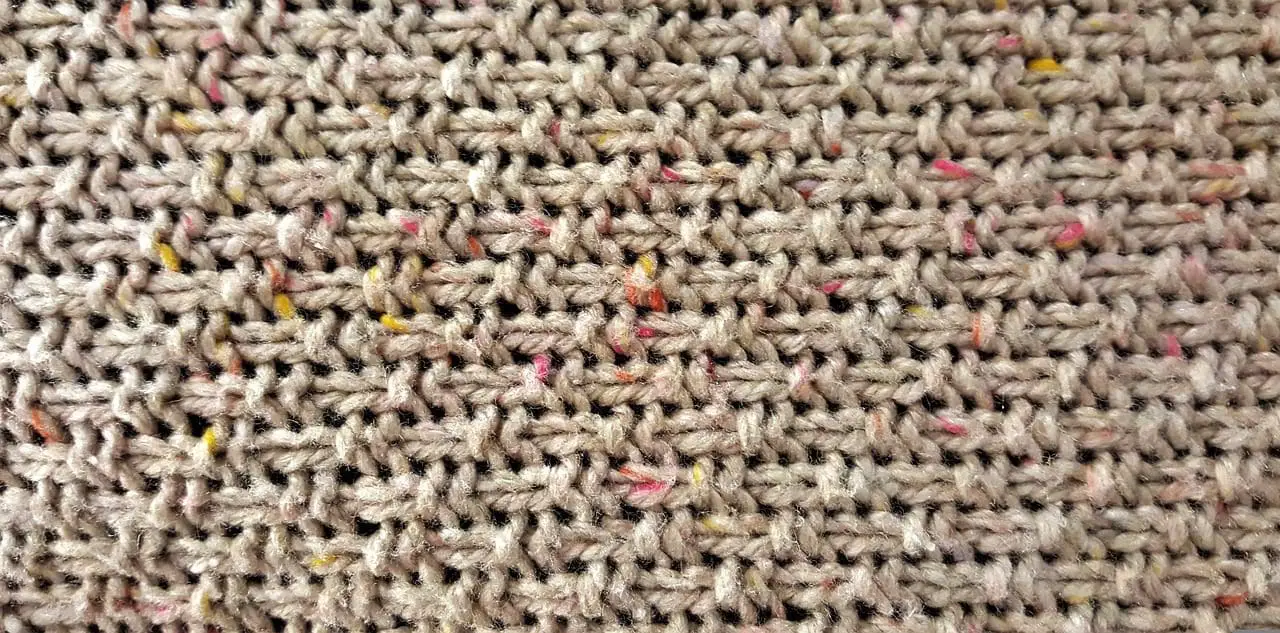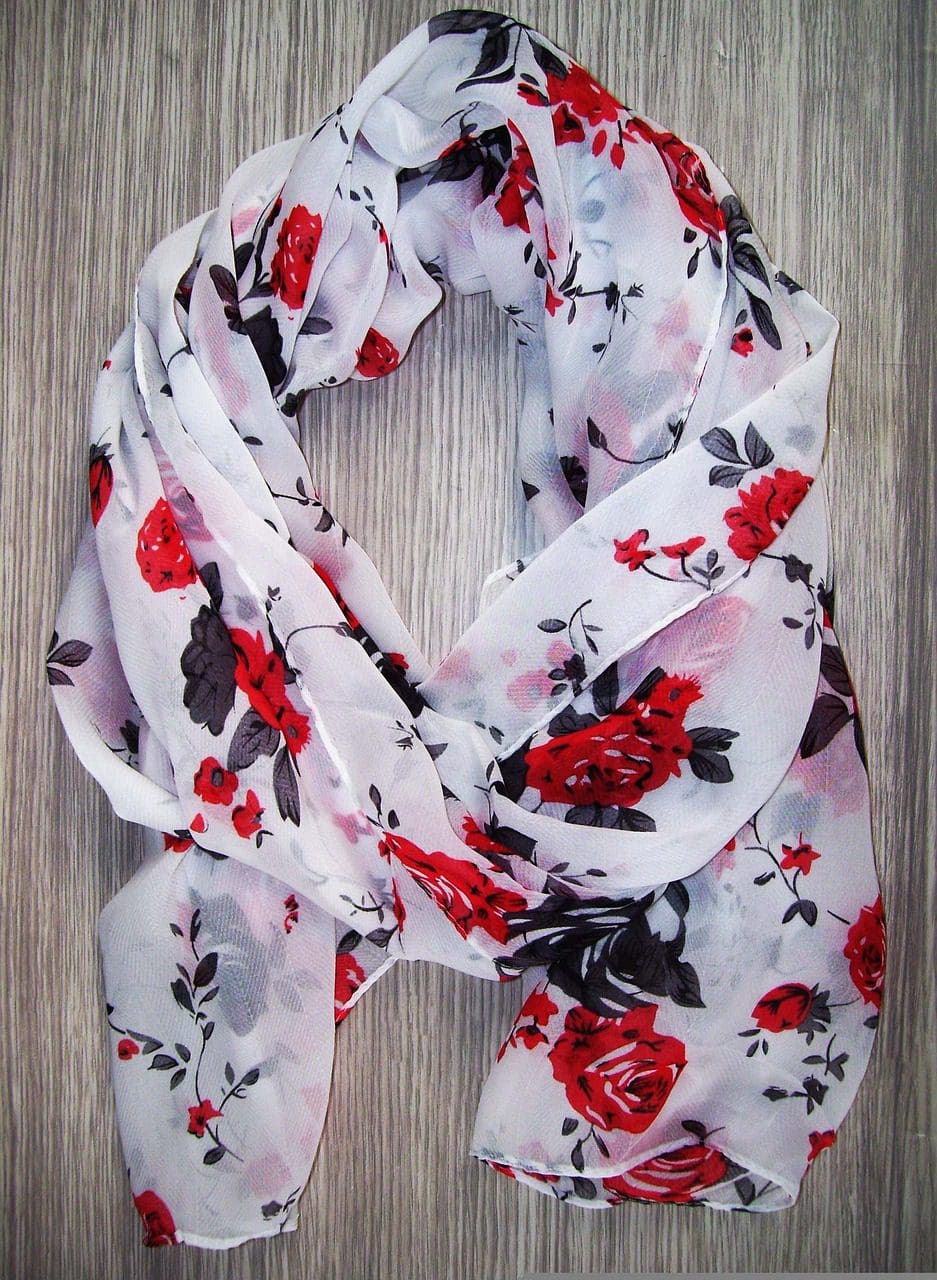Along with food and shelter, clothes are also an essential need of human beings.
For generations, humans have used cotton and silk as their clothing material. With the help of new technology, humans are now producing new fabrics. Rayon and Viscose are two types of textile fabrics that are very popular in the current market.
Both of these fabrics are manufactured through industrial processes. For this reason, many people find it difficult to find any distinction between them. They think both of these fabrics are the same.
Key Takeaways
- Rayon is a semi-synthetic fabric made from cellulose fibers derived from wood pulp, known for its softness, smoothness, and ability to drape well.
- Viscose is a specific type of rayon fabric produced using the viscose process, resulting in a material with similar properties to rayon but a slightly different manufacturing method.
- The primary difference between rayon and viscose is the production process, with viscose being a subset of rayon fabrics produced through a specific method.
Rayon vs Viscose
Rayon is a type of semi-synthetic cloth that’s made from cellulose fibres gotten from wood pulp, and it’s known for its smoothness, softness, and feature to drape properly. Viscose is a different type of Rayon fabric that is gotten through xanthate process, and it is created through plant fibres.

Comparison Table
| Parameter of Comparison | Rayon | Viscose |
|---|---|---|
| What is it | A type of textile fabric made through the Cellulose Immersion process and made from wood pulp. | A kind of textile fabric made through the Cellulose xanthate process and made from Plant fibres. |
| Used in | Medical and furnishing sectors | Dress materials |
| Texture | Cool | Soft |
| absorption capacity | High | Low |
| Price | Low | High |
| Durability | Low | High |
| Manufacturing process | eco-friendly | Not eco-friendly |
What is Rayon?
Rayon is a textile fabric made through the Cellulose Immersion process and made from wood pulp. During the manufacturing process, there are many chemicals used, but scientist does not consider this textile as synthetic.
The primary reason behind this classification is that rayon fabric is a modified version of natural polymers.
Compared to other cotton textiles, Rayon fabric has a high absorption capacity. Rayon fabric is used in the furnishing sector, where it is used for curtains, bed sheets, and blankets.
The medical sector also uses this fabric for surgical masks and bandages. The material quickly absorbs liquid around it and keeps the wounded place dry.
The manufacturing process of Rayon fabric is eco-friendly. The production process requires less energy and fewer toxic chemicals. As a result, the price of Rayon fabric is low.
However, the Rayon fabric is not very durable. The solvent in the water and the sun’s ultraviolet radiation break the polymer chains easily. For this reason, Rayon fabric does not resistant to weather and dissolves quickly in the earth.
Rayon fabric is very porous, letting air circulate through the material quickly. Therefore, it is considered one of the best hypoallergenic fabrics.

What is Viscose?
Viscose is a textile fabric made through the Cellulose xanthate process and made from Plant fibres. V
viscose textile is also considered manufactured fabric because it dissolves plant fabric first and then regenerates it through chemical processes.
Compared to other textiles, Viscose fabric has softness. For this reason, this material is seen in the clothing industry, where it is used in shirts, pants, jackets, coats, linings, and other dresses.
Due to its high softness properties, it is also used as disposable wipes. Many people also use this fabric to clean the touch-screen surface of cell phone and other sophisticated electronics.
The manufacturing process of Viscose fabric is not very eco-friendly. The production process requires lots of energy and many toxic chemicals.
As a result, the price of Viscose fabric is costly. As a benefit, the Viscose fabric is very durable. The most solvent in water and the sun’s ultraviolet radiation cannot break the polymer chains of this fabric easily.
As a result, Viscose fabric is very resistant and last a more extended period.
Viscose fabric is not very porous and does not let the air circulate through the material quickly. Therefore, it may cause some allergic reactions in a few people.

Main Differences Between Rayon and Viscose
- Rayon is a textile fabric made through the Cellulose Immersion process and made from wood pulp. However, Viscose is a textile fabric made through the Cellulose xanthate process and made from Plant fibres.
- Most Rayon fabrics are used in the Medical and furnishing sectors, while most Viscose fabrics are used for dress materials.
- Rayon fabric offers an excellent texture similar to cotton fabric. On the other hand, Viscose fabric provides a soft texture similar to silk.
- The Rayon fabric quickly absorbs the surrounding liquid. As a result, the absorption capacity of Rayon is considered high. But the Viscose fabric does not absorb liquid speedily, and its absorption capacity is considered low.
- The manufacturing process is very eco-friendly; it consumes less energy and less toxic materials. However, the manufacturing process is not very eco-friendly. The process requires lots of energy and many poisonous materials.
- Just because the manufacturing expenses of Rayon fabric are low, the price of this fabric is very affordable. On the other hand, Viscose fabric costs are high due to high manufacturing expenses.
- The polymers of Rayon fabric break easily with water solvents and ultraviolet rays. As a result, the Rayon fabric is not that durable. However, the polymers of Viscose fabric do not break easily with water solvent & ultraviolet rays, and it lasts an extended period.






